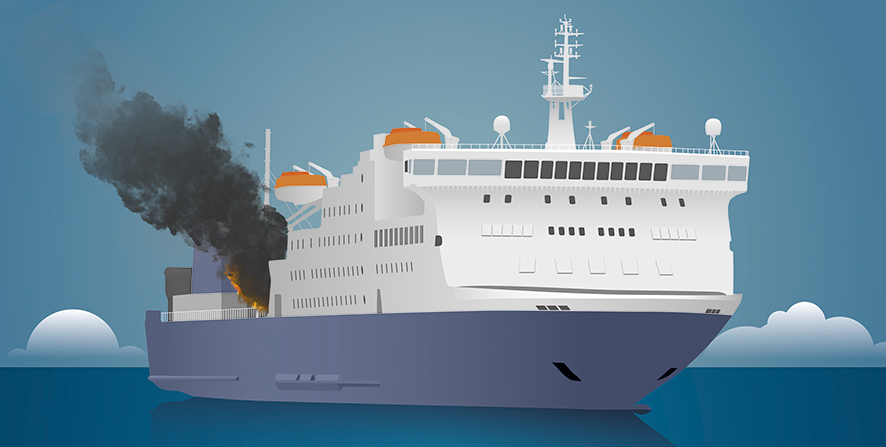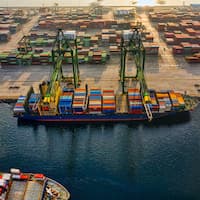research
África Marrero in charge of LASH FIRE to avoid ro-ro ship fires
 África Marrero, Naval and Oceanic Engineer by the Technical University of Cartagena, joined CENIT, the Innovation in Multimodal Transport Group of CIMNE, two years ago. Marrero’s research areas include computational fluid dynamics (CFD) and sustainable ports and ship emissions.
África Marrero, Naval and Oceanic Engineer by the Technical University of Cartagena, joined CENIT, the Innovation in Multimodal Transport Group of CIMNE, two years ago. Marrero’s research areas include computational fluid dynamics (CFD) and sustainable ports and ship emissions.
Since September 2019, she is the principal investigator of LASH FIRE at CIMNE. It is a project funded by the European Council in the framework of the programme H2020 and coordinated by RISE. The LASH FIRE’s objective is to define a Legislation Assessment addressing Safety Hazards of Fire and Innovations in Ro-ro ship Environments.
The team of the project, within the subprogramme SC4-Smart, green & integrated transport, is formed by 23 partners.
Ro-ro ships are an important component of the global transportation system, but an increasing the trend of fires in ro-ro ship in recent years calls to improved fire protection. From comprehensive ship operators’ experience and by participation in ongoing work for the European Maritime Safety Agency and the International Maritime Organization (IMO), critical aspects of ro-ro ship fire safety have been identified to form the scope of the project LASH FIRE.
The critical aspects of ro-ro ship fire safety have been identified form the scope of the project LASH FIRE - From the experience of comprehensive ship operators’ and through participation in ongoing work for the European Maritime Safety Agency and the International Maritime Organization (IMO).
The project aims to provide a recognized technical basis for the revision of international IMO regulations, which greatly enhances fire prevention and ensures management of fires on ro-ro ships without any external intervention. This is done by developing and demonstrating operational and design solutions which strengthen the fire protection of ro-ro ships in all stages of a fire and which address current and future challenges, including regulatory issues.
Twenty specific challenges have been identified, which will be addressed through new solutions developed and demonstrated with regards to performance and ship integration feasibility by system suppliers, researchers, ship owners and shipyards. For the solutions to be considered for regulatory uptake, their impact on risk reduction and cost will be assessed and advisory groups with operators and flag states will be established. Thereby, the project is expected to significantly strengthen the independent fire protection of ro-ro ships and to reduce the frequency of ro-ro ship fires by 35% and the number of fatalities by 45%.

Related news
- https://www.cimne.com/vnews/11109/1st-lash-fire-public-webinar
- https://www.cimne.com/vnews/10847/lash-fire-improving-ro-ro-ship-fire-safety


.jpg)




















